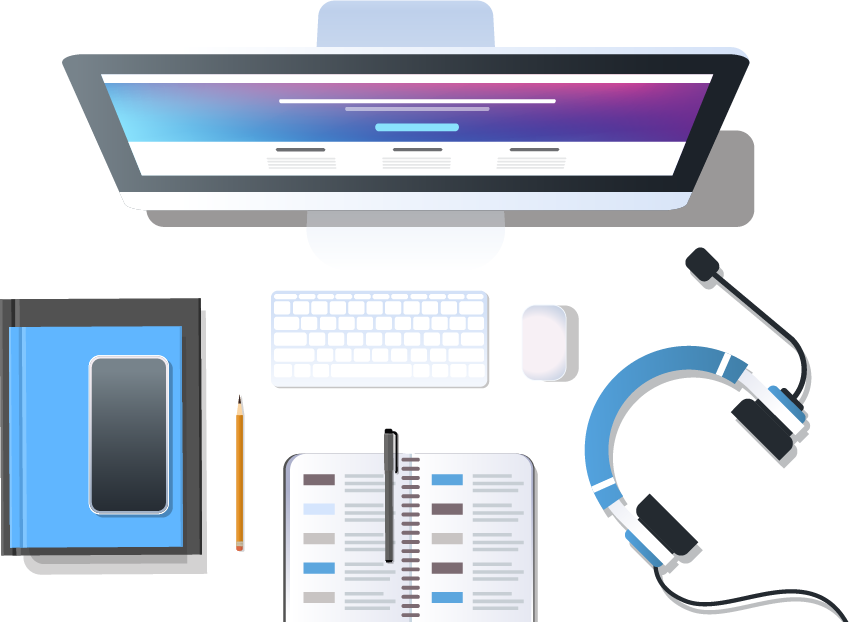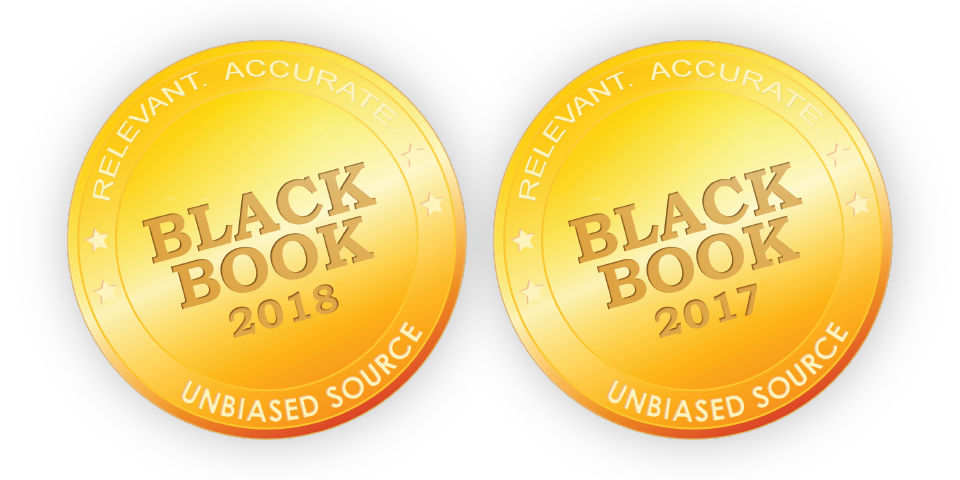Products

Who We Serve
January 20, 2021
Who said it first? You can’t manage what you don’t measure. Quantitatively. If a hospital Service Desk is to provide superb service, conscientious IT leaders know performance analysis and continuous improvement are essential. Other IT managers, even if aware of this, may feel so overwhelmed that collecting and trending copious Service Desk activity data to identify and resolve problem areas sit on a barely warm back burner. Nevertheless, applying Service Desk KPIs — key performance indicators that reflect measurable outcomes of support – is critical to the value of any hospital’s Service Desk, including the satisfaction of clinical and other users.
Many hospitals measure some data, but others “just don’t have time” for much. These hospitals are in for trouble, if they’re not already in its midst. Why, and what to do?

Performing trending analyses must be every Service Desk’s modus operandi if it (and the hospital) expects successful outcomes. Implementing Service Desk KPIs based on industry standards and hospital operational goals, and then tracking and analyzing them over time comprise the only objective methodology for making needed improvements that will directly benefit clinicians and other users. This process requires regular collaboration by service teams and hospital users to define optimal IT support and improve it.
In hospitals, Service Desks typically work in a critical care environment where systems usage can directly impact patients’ wellbeing. Unlike dealing with your local public utility’s service desk which may be frustrating and time-consuming, in hospitals lives are at stake. Fast and effective hospital service response time and quality require performance measurement and management via Service Desk KPIs.
Any hospital Service Desk manager should be able to compare last month’s average call answer speed to yesterday’s average speed. But performance measurement is not that simple; for example, if the call abandonment rate goes up, and the hospital’s cost per contact goes down, is that good or bad? Superior service delivery is the #1 goal, but cost effectiveness is important too. Your hospital can enjoy both in a scenario where stringent application of several industry standard KPIs is the norm. This includes the ability to track and trend performance, and identify, diagnose, and correct performance problems with the establishment of updated performance goals. KPIs shed light on which processes meet the organization’s operational goals and expose those that fail. Consistent tracking and review of defined KPIs ensure that issues that might go undetected clearly hit your radar.
Many hospital Service Desks don’t use KPIs to their full potential, often ignoring some and/or not taking the time to trend the data to understand performance strengths and weaknesses.

To monitor performance, and maintain the highest level of service, here are the top ten essential Service Desk KPIs Phoenix Health tracks when supporting client hospitals.
1. Number of Contacts Handled
Management should track the average number of contacts handled per Service Desk agent. It should investigate the number of incidents by severity and impact, and the number of incidents per problem type and category. Also, the incoming ticket volume trend should be reviewed to reveal how the influx of tickets varies for different times of the week, month, or day — a major factor in developing cost effective agent scheduling. Overall, this intelligence will help reveal performance or staffing issues that need to be addressed.
2. Call Talk Time and Hold Time
Reviewing talk time and hold time is vital. Extended time taken is a chief complaint of users who are in a hurry to get their problems resolved quickly. These time-based metrics, especially call hold time, will reveal the source of efficiency inadequacies. It is also important to review the average wait time prior to call abandonment. Continuously working to keep talk and hold time to a minimum can greatly enhance user satisfaction.
3. Knowledge Sharing
A robust, well-maintained Knowledge Base must be easily accessible to every Service Desk agent. To ensure its value, the Knowledge Base repository must be continuously monitored, including reviewing the frequency and quality of solution creation and updates. The Knowledge Base is only as good as its information, so without updates, new solutions to new problems, and cleaning out the old and outdated, it will become obsolete and useless. Various agents may be involved in solution creation or enhancements, but one person must be appointed the Knowledge Base’s owner to ensure its consistent value.
4. Turnaround Time
Service calls that take too long to resolve result in very unhappy users. A successful Service Desk must maintain agreeable turnaround time on incidents. To do this, tracking the average time it takes the staff to acknowledge and close a ticket is necessary. Ticket escalations due to late incident resolutions should also be monitored.
5. Customer Satisfaction Survey Rating
This is where the rubber meets the road. Users should be provided the means to evaluate every service interaction they have with your Service Desk staff. To measure the overall value of this metric, the number of surveys sent versus the number of surveys completed should be monitored. After compiling return rates, reviewing satisfaction levels and noting issues, management can quickly address problem areas, such as inappropriate interactions, poor responses, recurring incidents and more.

6. First Call Resolution Rate
Quick resolutions should be the goal of every Service Desk agent. Management should track the percentage of incidents resolved on the first call, along with the percentage of incidents moved onward to be resolved remotely by a second level of expertise. Setting standards for first call resolutions encourages diligence and accountability among the staff.
7. Cost Per Incident
Evaluating the cost of staff time and resources by incident — and over time — provides insight into efficiency fluctuations overall, including downward trends. This metric reveals problem areas where your Service Desk might be spending unnecessary money without realizing it, and enables leadership to look for solutions to meet budgets.
8. Recurring Incidents
Every Service Desk should attach a red flag to recurring incidents. Repeat incidents should be analyzed carefully to understand their root causes and reduce or eliminate them at that core level. Repeat incidents create unnecessary demand on the Service Desk staff and waste users’ time. Often, timely addition of related solutions to the Knowledge Base will reduce repetition of incidents.
9. Agent Satisfaction
A happy staff is an effective staff. To monitor the satisfaction of your Service Desk staff, management should watch agent turnover and attendance rates, agent satisfaction vs. customer satisfaction, and the average number of calls per agent. Regular staff meetings should be scheduled to discuss group issues. One-on-one time with individuals who need support is equally important. Staff satisfaction monitoring can generate many solutions, e.g. incentive programs, competitive awards programs, time reassignments, coaching of agents and perhaps even the Service Desk manager.
10. Number of Unresolved Incidents
Unresolved incident tickets, especially a growing pile of them, is an indicator of major and potentially complex problems related not only to the Service Desk but also software and hardware issues, poor implementations, overall IT management and/or more. The situation may disable overall hospital operations, if decisive action is not taken quickly. Fortunately a ticket pileup rarely goes unnoticed by users who typically complain bitterly, first to IT leadership and then up the executive ladder. Resolving a ticket pile up must become a top IT department priority as well as a Service Desk priority. Tracking this metric and carefully analyzing the reasons for poor resolution rates will reveal contributing conditions and direct causes, and enable effective solutions.
Monitoring and managing Service Desk performance against these KPIs is an essential contributor to your hospital’s success in ensuring operational continuity, optimizing productivity, and delivering services within budgets and on time. Too often, the Service Desk is viewed as a utility and a cost center that should be muzzled at budgeting time. Adequate financial support of your Service Desk is more likely when KPI-based data is used to quantitatively communicate to senior management. And as summarized above, KPIs can be an invaluable asset to your Service Desk’ performance, your agents’ success, their job satisfaction, and in the end your users’ satisfaction.
—————————————————————————————————————-

Phoenix Health, a division of Medsphere, has provided industry leading Service Desk outsourcing to hospitals nationwide, and recently was rated #1 hospital IT outsourcer (in the non-EHR vendor category) by BlackBook, a major healthcare research organization. If you are considering outsourcing your hospital’s Service Desk to the best of the best, contact us.